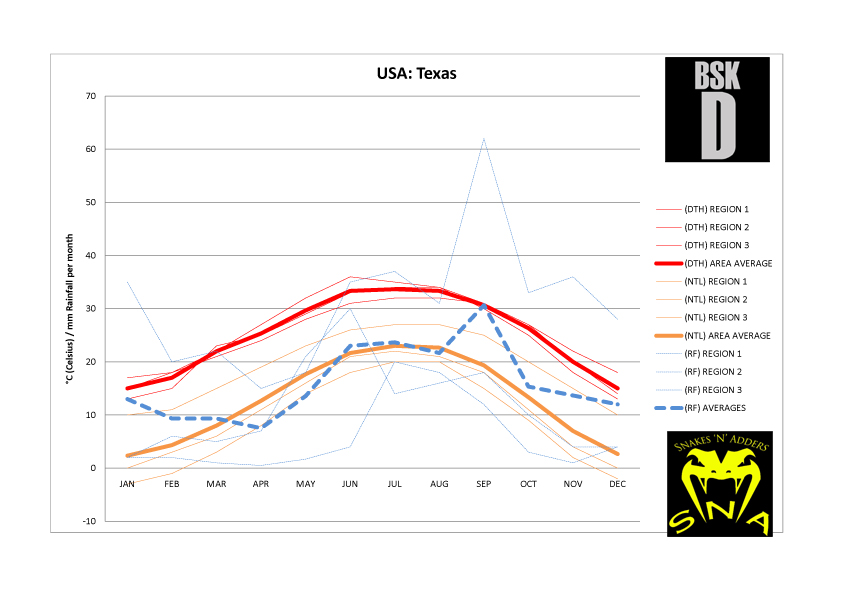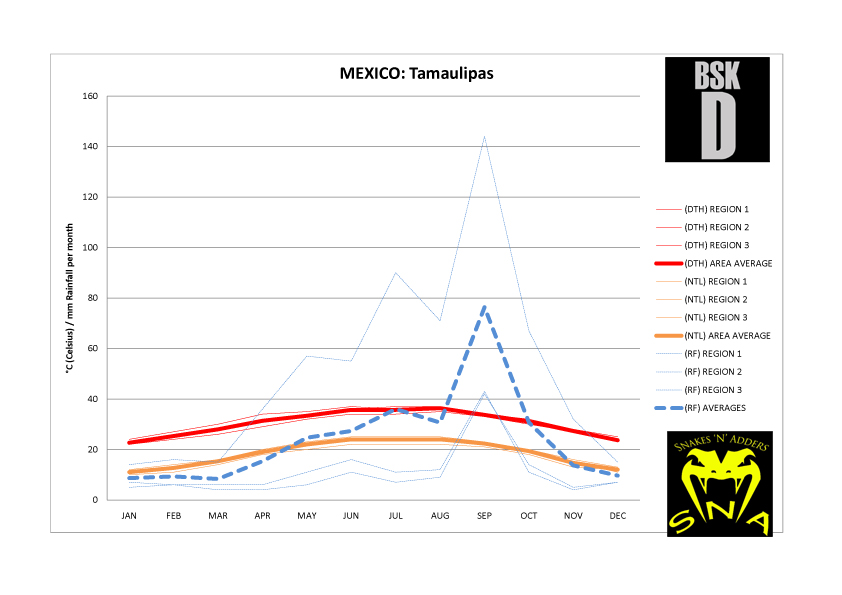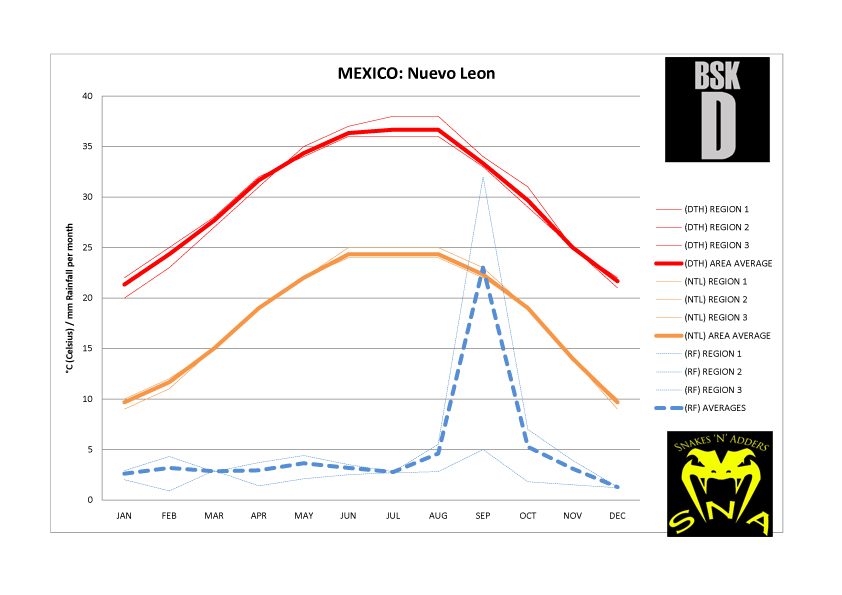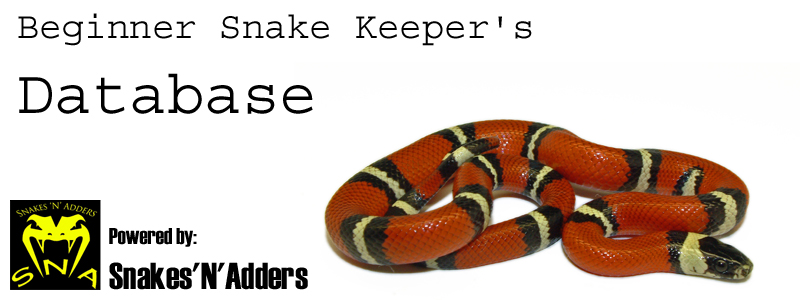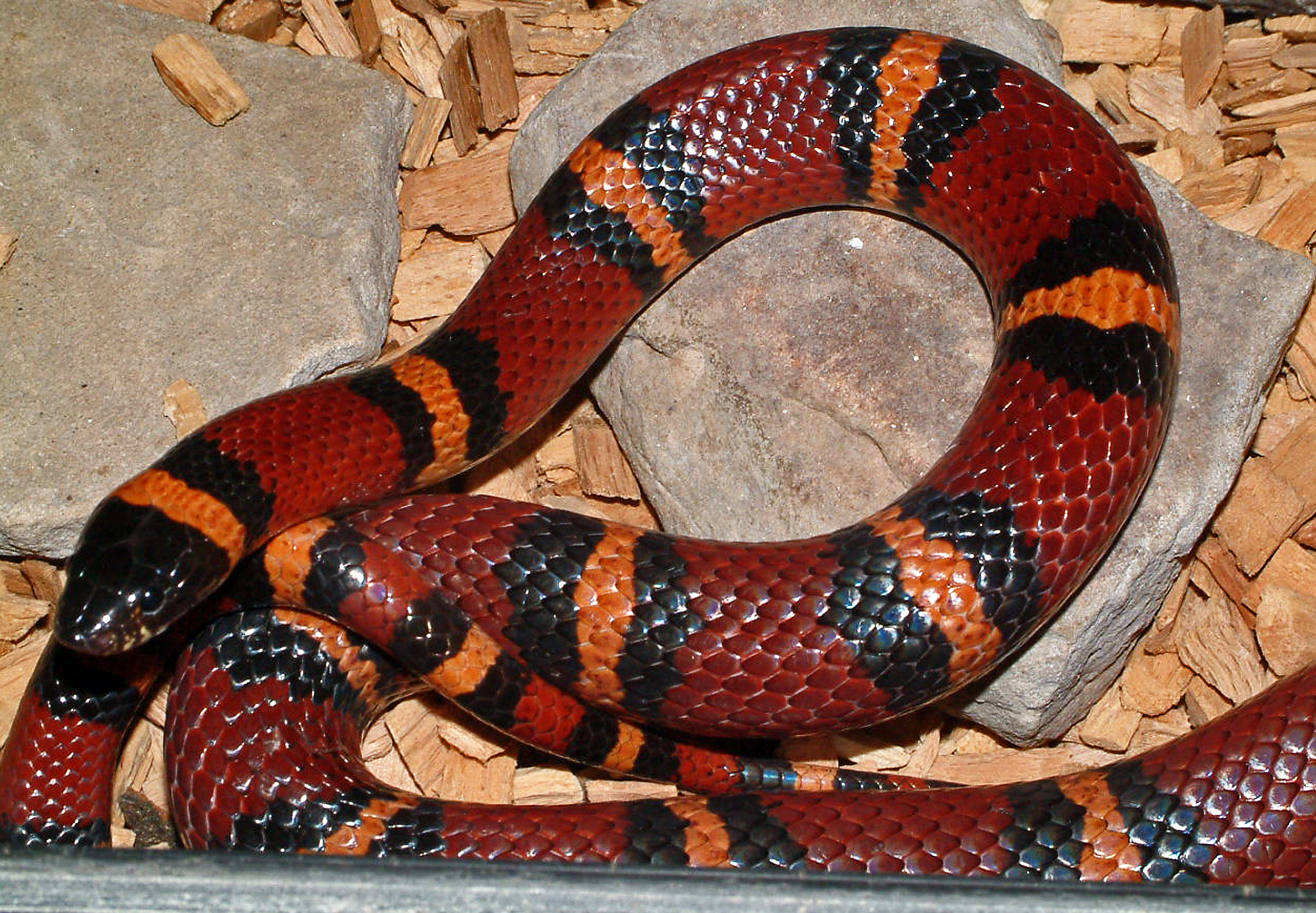
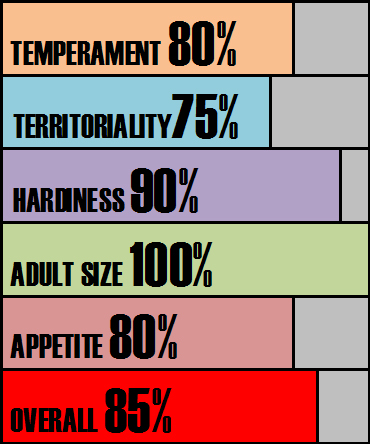

Species Notes based on experiences:
Milk Snakes are examples of batesian mimicry. Milk Snakes have evolved to impersonate the deadly Coral Snake (Micrurus). The old saying Red next to Yellow…kill a fellow, Red next to Black….venom lack or friend of jack. This is in reference the way the annulations or rings of the milks snakes pattern are arranged. Save for adult size, the amount of black pigment present and overall build of the snake Milk Snakes are generally very similar snakes to consider as pets regardless of subspecies. Some species have been excluded from consideration because of their much smaller than average size such as the Red Milk Snake (Lampropeltis triangulum syspila) which may require lizards as first prey to establish in captivity. All the Milk Snakes listing on this site will generally feed unassisted on rodent prey from birth. The Mexican Milk snake is a lovely little snake. Rather than being yellow the central bands can take on a rich orange complexion. The dorsal (back region) area of the black bands may thicken slightly giving a rounded aspect to the bands. This is a smaller Milk snake that fits into our ‘goldilocks’ size bracket. This species has been bred for many years in the hobby but never established itself as a Milk Snake front runner like the Pueblan (L.t.campbelli) or Sinaloan (L.t.sinaloae) Milk Snakes.
Score analysis:
When considering temperament, Mexican Milk Snakes are generally very well behaved. They acab be nervous or flighty snakes like some of the other Milk Snakes listed here as youngsters. If defensive behaviours occur, this will include tail rattling and vacating the contents of the cloaca. Biting is incredibly rare, the preoccupation with nervous Milk Snakes is to escape. With patience and time the snake will usually readily calm down and by the time the animal is a year of age it will be fully compliant.
Territory issues are nearly always more prevalent than true temperament issues. If startled snakes may rattle their tail and throw coils of their body in an agitated manner. This usually ends up covering the head (on purpose), if this fails a Milk snake may dart away trying to escape the human that disturbed it.
The hardiness of this snake is nature is beyond question but in captivity Milk Snakes can be a little nervous. This may affect the way they feed. This slightly more high strung nature can lead to the impacts of stress being more easily seen than in other snakes. Young snakes may only tolerate small sporadic periods of handling, excess disturbances may see them fast in hunger strike. A balance must be struck. This snake occurs at altitude in the Sierra Madre Orientalis where winters may be harsh and temperatures drop very low. Brumation will be a must for the animal to survive.
This is a slight smaller than average subspecies with mature animals usually around the 80-90cm mark (3ft). This makes them the perfect size to work with for beginners. This is a reasonably well built snake but not quite as thick set as the Pueblan which is a similar adult length but chunkier in build.
Initially babies may be nervous and flee from food offered on tongs. It can take a good 6 months before the snakes are comfortable strike feeding. Some keepers just default to leaving their snake to it and leave their prey on a tray for them to hoover up in their own time. Milk Snakes are cannibals, they should be housed separately always. In the wild they are reptile feeding specialists taking both other snakes and lizards. Pairing of animals for breeding trials should be done with care.
Tub:
50ltr (exceptional animals would benefit from a vivarium)
Vivarium:
90cm x 45cm x 45cm
Budget rig: -
60cm x 30cm heat pad
On / off thermostat
Digital thermometer to monitor thermostat performance
Warm hide
Cool hide
Water bowl
substrate
Recommended rig (vivarium only): -
150w ceramic heat emitter
Ceramic lamp holder and bracket
Bulb guard
Day night thermostat
Digital thermometer to monitor thermostat performance
Various logs and caves along the thermal gradient
Damp hide
Climbing and exercise branches
Plants and foliage (live or artificial – your choice)
Water bowl
Substrate
UVB light (8w T5 shade dweller 7% kit from Arcadia or equivalent) (optional)
Subterranean section to vivarium for further psychological security (optional)
Climate analysis:
The high elevations at which this subspecies occurs means that a deep and protracted Brumation will be required in the wild. We can be somewhat easier going in captivity and a reduction in temperature to around 12 to 15°c with a reduced photoperiod will be of benefit. Mature animals may start to fast in anticipation of this cool down whether the temperatures are manipulated or not. The Brumation also help to keep the snake at a healthy weight and increase sperm production in males for the subsequent breeding season.
Conclusion:
This is wonderfully marked Milk Snake and very clean with minimal black diffusion as seen in other subspecies. It may well be a struggle to find one for sale however. Pueblan and Sinaloan Milk Snakes are far more commonly available. If you do manage to find one this could be a fantastic pet snake species. Do not worry if babies are a little jumpy and nervous. All Milk Snakes are like this but will quickly tame down with time and perseverance.
